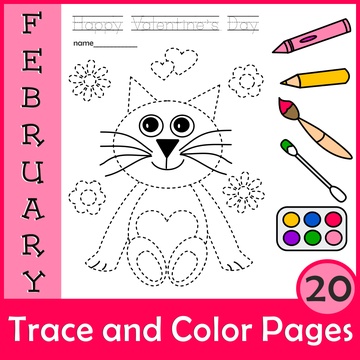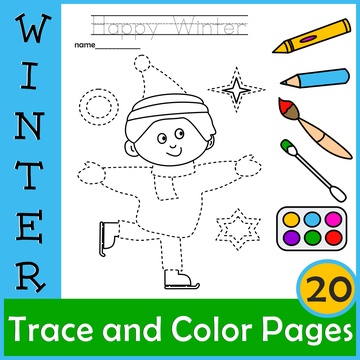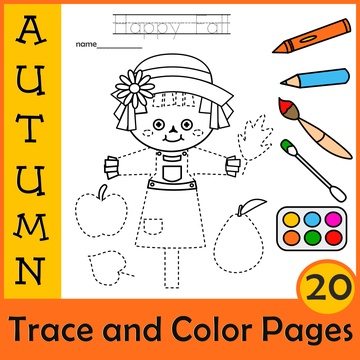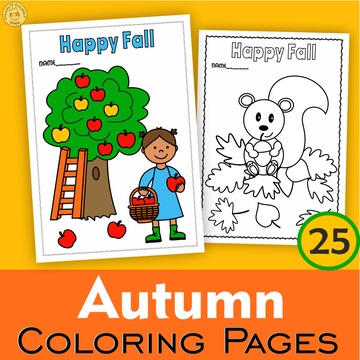7 Tips for Kindergarten Teachers to Make Tracing Lessons Effective
April 8, 2023
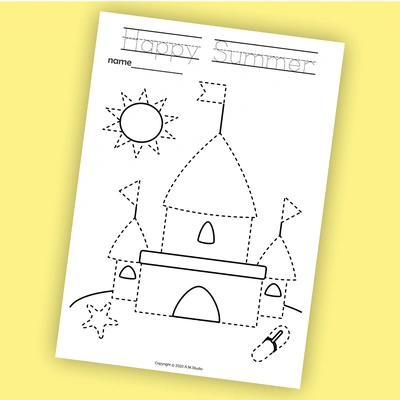
Tracing lessons are an important part of teaching young children how to write and draw. It is a fundamental skill that lays the foundation for future learning. Here are some tips for kindergarten teachers to help make tracing lessons more effective:
Start with basic shapes: Begin tracing lessons with basic shapes such as circles, squares, and triangles. These shapes are easy to trace and can help children to develop their fine motor skills and hand-eye coordination.
Use large, bold lines: Use large, bold lines for tracing activities so that children can easily see what they need to trace. This will also help to develop their visual-spatial skills.
Provide ample practice: Allow children to practice tracing multiple times. This will help to reinforce the skill and build confidence. Consider using a variety of tracing activities, such as tracing lines, curves, and shapes.
Offer different materials: Offer a variety of tracing materials such as pencils, crayons, and markers. This will help children to experiment with different textures and learn how to control their grip.
Encourage correct posture: Encourage children to sit up straight and hold the tracing tool properly. This will help to prevent fatigue and improve handwriting in the long run.
Give positive feedback: Provide positive feedback and encouragement when children complete tracing activities. This will help to build their self-confidence and motivation to continue practicing.
Integrate tracing into other activities: Incorporate tracing into other activities such as coloring, drawing, and writing. This will help children to see the practical applications of tracing and encourage them to continue practicing.
In conclusion, tracing lessons are an important part of teaching young children how to write and draw. By following these tips, kindergarten teachers can help to make tracing lessons more effective and engaging for their students. Remember to start with basic shapes, use large, bold lines, offer different materials, and provide ample practice and positive feedback. With consistent practice and encouragement, children will develop the skills they need to succeed in the classroom and beyond.
